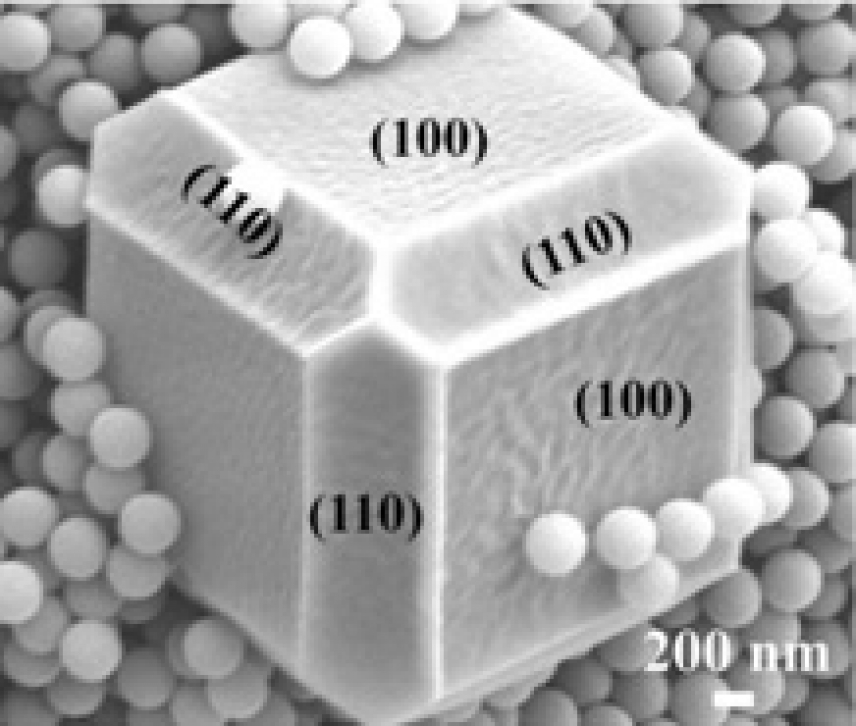 The study and understanding of its properties and applicability have centered on recent work by Professor Rafael Luque, of the University of Cordoba Organic Chemistry Department research group FQM-383, and a Southern China Technology University research group, published in Dalton Transactions. The research has proven that in addition to the ability to be used in catalysis processes – by means of which the speed of a chemical reaction is increased – these materials are built as stabilizers of metallic nanostructures. So, it paves the way for working with these kinds of nanoentities, thanks to the control over their stability.
The study and understanding of its properties and applicability have centered on recent work by Professor Rafael Luque, of the University of Cordoba Organic Chemistry Department research group FQM-383, and a Southern China Technology University research group, published in Dalton Transactions. The research has proven that in addition to the ability to be used in catalysis processes – by means of which the speed of a chemical reaction is increased – these materials are built as stabilizers of metallic nanostructures. So, it paves the way for working with these kinds of nanoentities, thanks to the control over their stability.
The range of possibilities detailed in Luque’s work depend on the encapsulated metal/metallic structure, which could be used for CO2 absorption or steam absorption when working with fuel cells and other kinds of batteries.
The methodology designed by Rafael Luque and his team is considered innovative because it enables control over material design to degrees that were unthinkable before. Previously, these porous materials that can accommodate nanoparticles have been studied, but never before has anyone specified the exact way to thoroughly control all the parameters and make them so pliable.
Diversifying the use of these metal-organic materials as much as possible to take advantage of the stability and pliability that they give to nanostructures will be the main focus for this research group henceforth. This line of research will be described in developing studies that are currently being performed by University of Cordoba research group FQM-383.
Chen, LY; Luque, R; Li, YW. Encapsulation of metal nanostructures into metal-organic frameworks. DALTON TRANSACTIONS 2018,47, 3663-3668. DOI: 10.1039/c8dt00092a.


